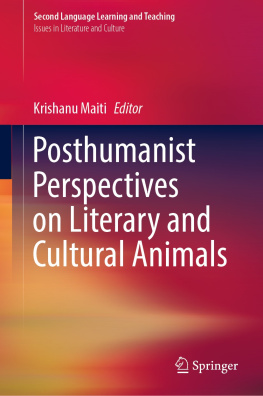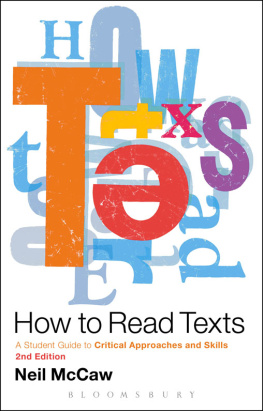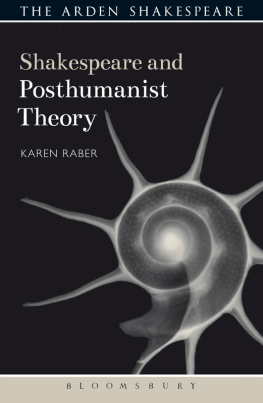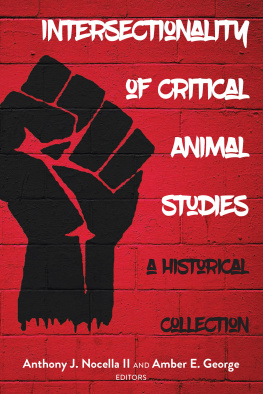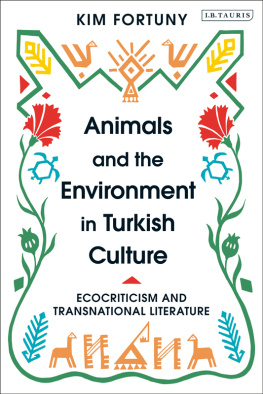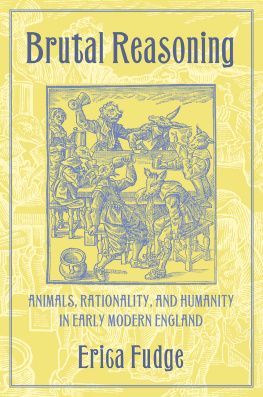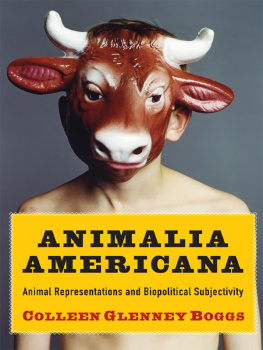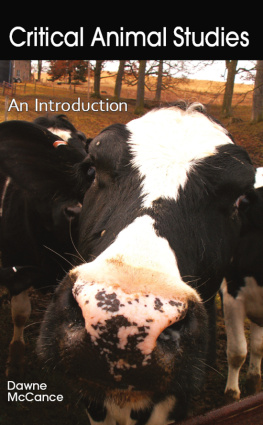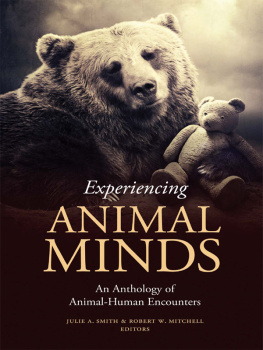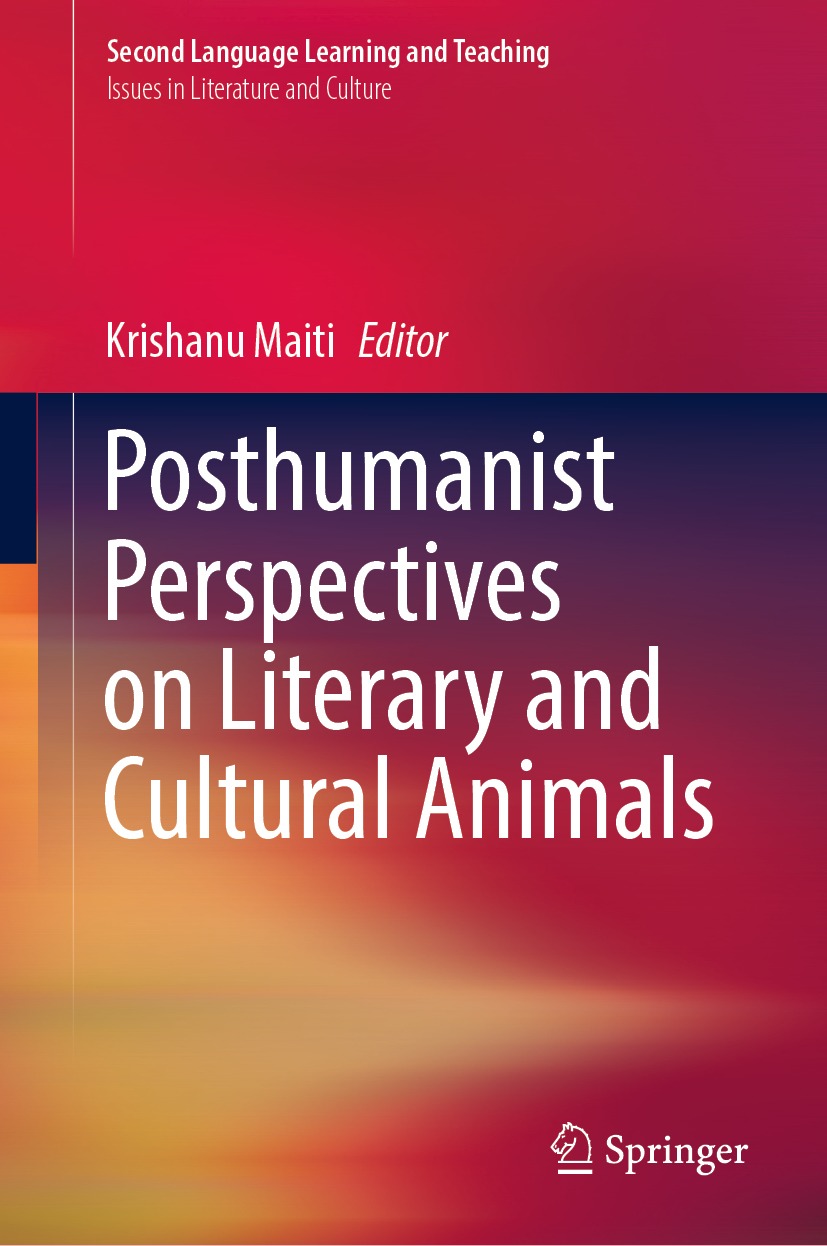Second Language Learning and Teaching Issues in Literature and Culture
Series Editor
Mirosaw Pawlak
Faculty of Pedagogy and Fine Arts, Adam Mickiewicz University, Kalisz, Poland
The subseries Issues in Literature and Culture constitutes an important extension of the series Second Language Learning and Teaching. Firstly, the processes of learning and teaching foreign or second languages somewhat inevitably involve to a greater or lesser extent getting to know the literature and culture of those languages. Secondly, there are important pedagogical issues that need to be taken into consideration when teaching about the literatures and cultures in a foreign language, not least because such instruction can in and of itself contribute to greater mastery of the target language. Therefore, the books included in the subseries deal, on the one hand, with a variety of issues related to English language literature and culture and, on the other, they shed light on how such issues can best be learned and taught, as well as how instruction of this kind can enhance the mastery of second and foreign languages.
More information about this subseries at http://www.springer.com/series/13879
Editor
Krishanu Maiti
Department of English, Panskura Banamali College, Kanakpur, India
ISSN 2193-7648 e-ISSN 2193-7656
Second Language Learning and Teaching
ISSN 2365-967X e-ISSN 2365-9688
Issues in Literature and Culture
ISBN 978-3-030-76158-5 e-ISBN 978-3-030-76159-2
https://doi.org/10.1007/978-3-030-76159-2
The Editor(s) (if applicable) and The Author(s), under exclusive license to Springer Nature Switzerland AG 2021
This work is subject to copyright. All rights are solely and exclusively licensed by the Publisher, whether the whole or part of the material is concerned, specifically the rights of translation, reprinting, reuse of illustrations, recitation, broadcasting, reproduction on microfilms or in any other physical way, and transmission or information storage and retrieval, electronic adaptation, computer software, or by similar or dissimilar methodology now known or hereafter developed.
The use of general descriptive names, registered names, trademarks, service marks, etc. in this publication does not imply, even in the absence of a specific statement, that such names are exempt from the relevant protective laws and regulations and therefore free for general use.
The publisher, the authors and the editors are safe to assume that the advice and information in this book are believed to be true and accurate at the date of publication. Neither the publisher nor the authors or the editors give a warranty, expressed or implied, with respect to the material contained herein or for any errors or omissions that may have been made. The publisher remains neutral with regard to jurisdictional claims in published maps and institutional affiliations.
This Springer imprint is published by the registered company Springer Nature Switzerland AG
The registered company address is: Gewerbestrasse 11, 6330 Cham, Switzerland
Foreword
Literature of animals can seem like an oxymoron. After all, literature is arguably the most refined manifestation of language, which a long tradition going back at least to Aristotle and continuing with Descartes has considered the distinguishing accomplishment of humankind. Human speech is, in a slightly ironic way, extended to animals in the tradition associated with Aesop, a half-legendary storyteller who reportedly lived in the island of Samos in the seventh century BCE. In his tales, animalsfor that matter, even plants and streamsconverse like men and women. In many well-known examples, such as The Grasshopper and the Ant, they are competing for survival. In several others, such as The Tortoise and the Hare, they are, like modern people, competing more for status, though with such intensity that it almost seems as though their survival was at stake.
The tradition of these stories is actually far older than its alleged founder. The fables go back to SumerAkkadian animal proverbs, some of the oldest pieces of literature that we have. Beyond that, they surely go back to prehistoric legends with their animal tricksters, sages, and demons. We might call Aesop the Walt Disney of the ancient world. Like the American showman, he adapted primeval materials to a rationalistic age, making them far simpler and less frightening. The animal characters in Aesop are one-dimensional such as the clever fox, the foolish donkey, and the majestic lion. But, as the stories were retold over millennia, their magical foundation, which has never been entirely obscured, reemerges from time to time.
Subsequent authors have adapted the fables to their own values, era, and circumstances. Avianus, for example, used them to preserve pagan culture in an increasingly Christian age. Berechiah Na-Nakdan used them to teach Jewish lessons, and Luqman did the same for Islamic ones. Marie de France adapted them to the late medieval culture of chivalry. Jean de la Fontaine set them amid the intrigues of the seventeenth-century French court. In the fairy tales of Grimm and other romantics, the animal characters seemed depart from the highly structured world of traditional fables, to have adventures in an enchanted realm.
There are analogous traditions of animal fables throughout much of the world, which may be distantly related to that of Aesop. One that merits special mention is the HinduPersian, which produced the Jatakas, tales about the previous incarnations of Buddha in animal form. As a rabbit, the Buddha sacrifices his life to feed a sage. As a monkey, he uses his body as a bridge to help others of his tribe cross a stream to escape danger. As in Aesop and many other traditions, a veneer of moralism and rationality seems to overlay preternatural materials.
Having animals speak like human beings has always seemed a bit artificial, and that is not necessarily a bad thing. It reminds us that the story is only a story, an inevitably edited version of very complicated events. But what if we let animals communicate in something closer to their own languages. Bees communicate by dancing, and chameleons do the same by changing color. Bird and mammal calls may, on one level, often convey relatively simple messages such as warnings, but they also, depending on the context, convey subsidiary information and emotional nuances. Birdsong, which has no very tangible purpose, communicates in ways close to human art or literature. Acknowledging this highly fluid, contextual, nature of interspecies communication is, in my opinion, a large part of posthumanist literature. It is a literature that aspires to let animals be themselves rather than courtiers or even Buddhas. It endeavors to liberate the hierarchies which have placed animals below, or occasionally above, human beings.
The major challenge here is to accomplish that through human language, which encodes so much of thought, history, and, inevitably, domination. Language itself must be liberated, brought back to its primeval foundation amid that songs, colors, signs, scents, and electric impulses with which living things communicate within a wood. To an extent at least, this is what poets have always done. What is relatively new is the systematic ways in which posthumanist theory pushes words to their limits in order to move beyond them. Language must bend, turn, fall, ascend, divide, and rejoin, much like a stream passing through a rocky, undulating terrain.

